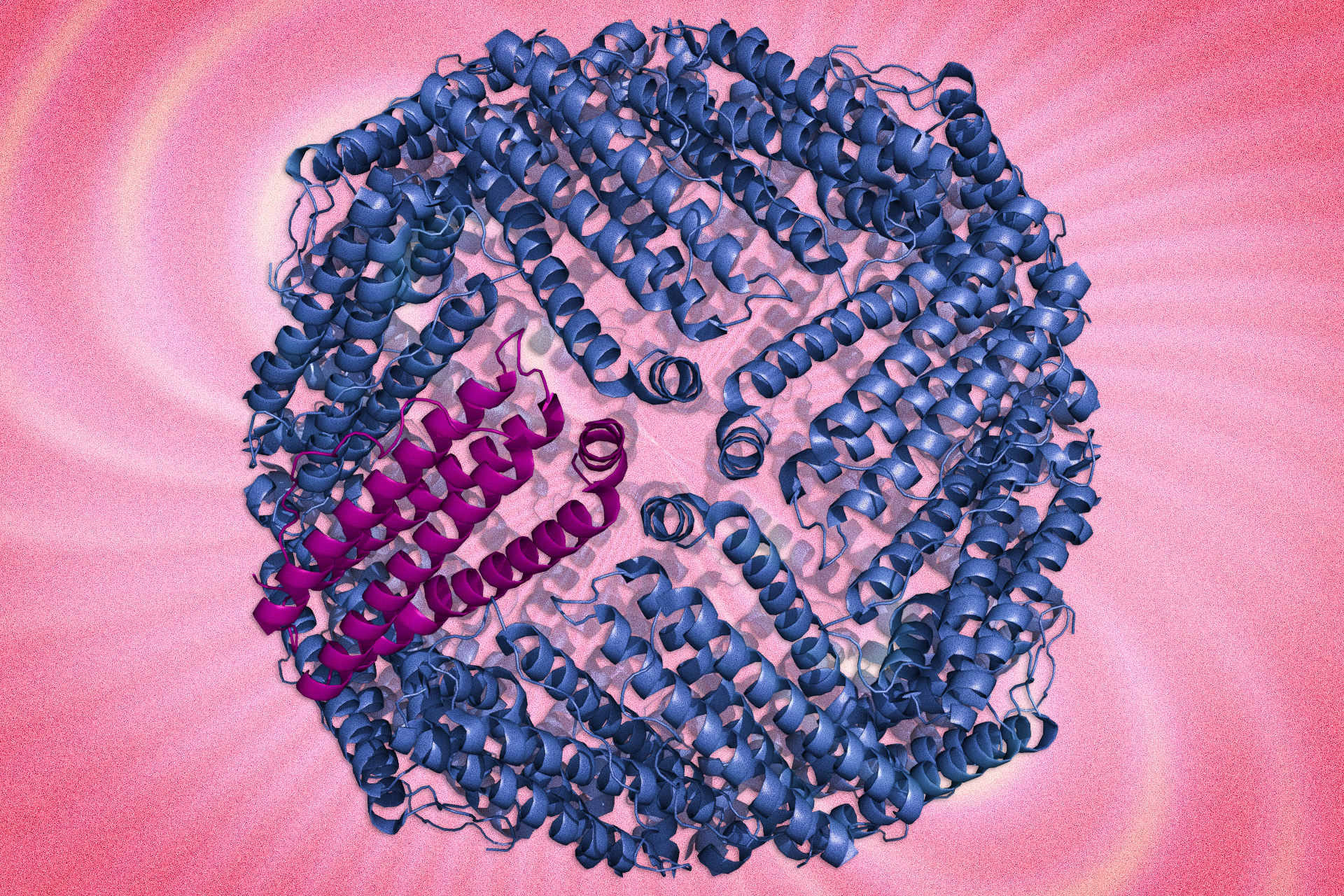
The School of Science appoints six faculty to named professorships [Source: Bendta Schroeder | School of Science, December 28, 2015] The School of Science announced that six of its faculty members have been appointed to named professorships this fall semester. The new appointments are: B. Gloria Choi, Samuel A. Goldblith […]























